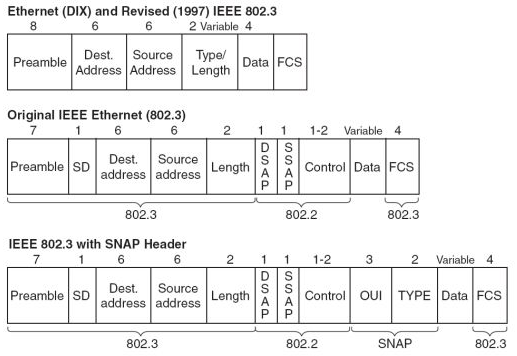Gigabit Ethernet (also referred to as GigE) is a site-to-site and Internet access service that when used by enterprises is intended to increase network access speeds so that they more closely match speeds in LANs. GigE operates mainly over fiber-optic cabling. A key advantage is that it uses the same protocol used in LANs, making it less complex to connect to customers' networks and simpler to upgrade to higher speeds.
GigE is used in enterprises' internal networks, carriers' metropolitan area networks (MANs), and by enterprises to access the Internet or connect to other sites. As an Internet access service for enterprises, GigE is generally offered at speeds ranging from 10 Mbps to 1000 Mbps. Enterprises also use it for point-to-point communications between LANs in metro areas and for access to national VPNs for site-to-site communications. Customers use either a router with an Ethernet port or an Ethernet switch to connect to carriers' Ethernet offerings. Cisco, Extreme Networks, Foundry Networks and Nortel manufacture GigE service switches. GigE does not require a CSU/DSU (Channel Service Unit/Data Service Unit) (used for T-1 type services), a T-1 multiplexer, or a FRAD.
 Source:
Source: 

